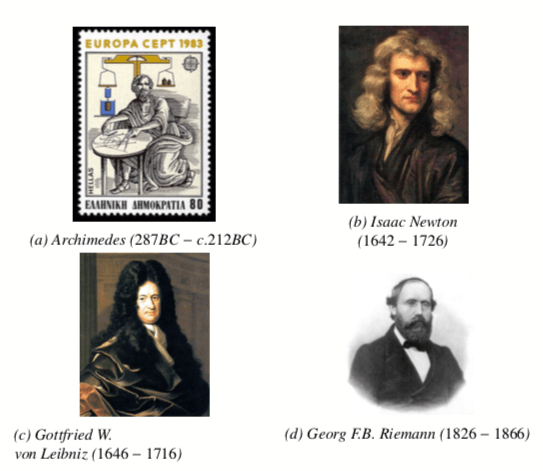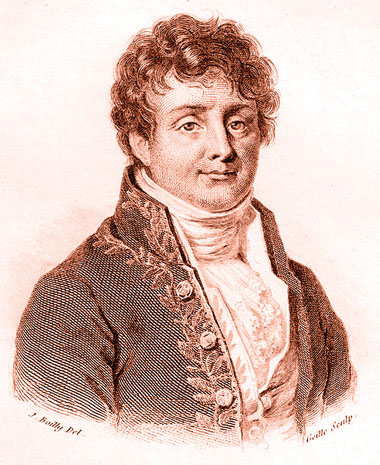Glie musèu
Tra glie campanìle i l'Annunziàta,
'Ntòcce prima della uìa ‘Ngelòne,
Stamatìna sò fatte 'na fermàta
Pè rattaccà le strengh'a strucenòne.
Me uànne gli'òcchie doppe 'na utràta
I uède, tutt'a giòrne, nè salòne
Addò 'na raccòta sta urdenàta
De prete, crete, pièzze de matòne,
Cule de uàse, de pile, de pignàte,
Màneche de recciòle i de bicchièra
Ancòra prima de Nuè 'mpastàte.
Quante sècule,frà, che sò passàte
'Nche gli'Ome a trebbulà 'ncim'a sta Tera
I ch'è remàste ? Ddù cocce smenuzzàte.
Irèno Da Vialìra (Poeta ciociaro)
I am European of Italian nationality. I very proud of my background but, unfortunately, my carrier put me in an orbit that does intersect my country only during my holiday vacations. In these close encounters, my landing site is Frosinone. When not-Italian acquaintances want to know about my Heimat, most of them are puzzled about the name and location of my hometown. Usually, I help them to overcome the understandable disorientation by giving as reference Rome and telling them that my birthplace is somewhere 80 km in the South of the Caput Mundi. Last year (2018) my hometown soccer team (Frosinone Calcio, nicknamed Canarini, The Canaries, for their home colours)) moved in the first league (A) of the national soccer championship. So, let see if this success will help to raise its notoriety!
It is a long time that I would like to write about Frosinone. However, in this article, I won’t write about the success of the Canarini football team but about my hometown and the rural place in central Italy where it is located.
In the province of Frosinone, there are many historical famous towns such as Anagni that has the exquisite Anagni Cathedral with its museum, Alatri with its megalitic Acropolis, Ferentino another megalytic city with also a beutyful Romanesque Duomo, Veroli and the closeby Certosa of Trisulti that has been recently on news spot for the sadly attempt to trasform this wolderful medieval santuary of christianity and culture to a private business when instead it should be preserved and nominated instead as an humanity heritage. I will talk about these town in other articles. This just to mention some of the famous towns and cultural places in Ciociaria.
Continue reading →
e
und getrennt nach Entfernung
.


